Biometric Security
Truly, a biometric company...
Biometric
Biometrics is the science and technology of measuring and analyzing biological data. In information technology, biometrics refers to technologies that measure and analyze human body characteristics, such as DNA, fingerprints, eye retinas and irises, voice patterns, facial patterns and hand measurements, for authentication purposes. Authentication by biometric verification is becoming increasingly common in corporate and public security systems, consumer electronics and point of sale (POS) applications. In addition to security, the driving force behind biometric verification has been convenience. Biometric devices, such as fingerscanners, consist of a reader terminal or scanning device, Software that converts the scanned information into digital form and compares match points and a database that stores the biometric data for comparison
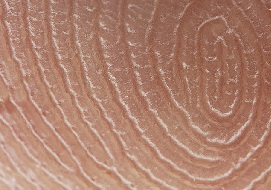
Fingerprint
A fingerprint scanner is an electronic device used to capture a digital image of the fingerprint pattern. The captured image is called a live scan. This live scan is digitally processed to create a biometric template (a collection of extracted features) which is stored and used for matching.

3D Face Recognition
3D facial recognition is not affected by changes in lighting, and it can identify a face from a variety of angles, including profile view. The benefits of facial recognition are that it is not intrusive, can be done from a distance even without the user being aware they are being scanned. ed.
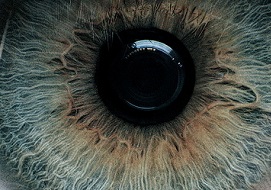
Iris Recognition
Iris cameras perform recognition detection of a person’s identity by mathematical analysis of the random patterns that are visible within the iris and is the most accurate and ideal way of biometric identification since it is an internal organ that is largely protected by damage.
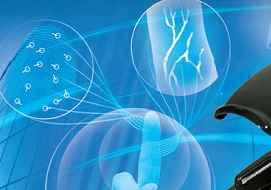
Multimodal Finger Print & Vein
Multimodal biometrics is capable of using more than one physiological characteristic to compare the identity of a person therefore providing the best security available to you. If one of the technologies fails for any reason, your system can still use another one or two of them to provide accurate identification of a person.
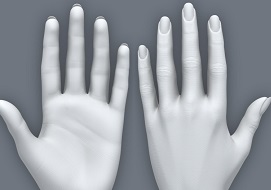
Hand Geometry Recognition
Hand geometry as the name suggests uses the shape of the hand to verify the person. Unlike iris, face or fingerprints, the human hand isn't unique. It uses finger length, thickness, and curvature for the purposes of verification but not for identification. It is very reliable when combined with other forms of ID like Pin or Card
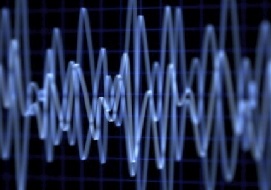
Voice and others
Voice recognition is a biometric modality that uses an individual’s voice for recognition purposes. It is a different than “speech" which recognizes words as they are articulated, which isn't biometric. It relies on features influenced by physical structure of an individual’s vocal tract and the behavioral characteristics.
